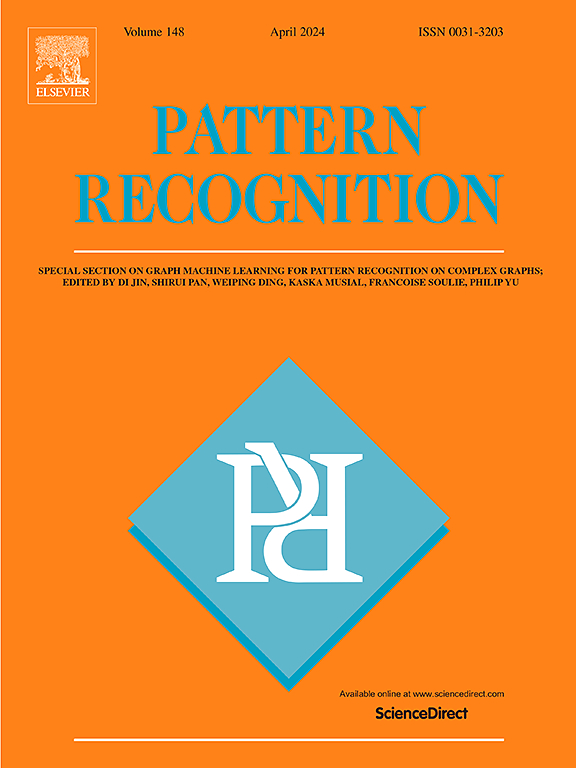ADGaze: Anisotropic Gaussian Label Distribution Learning for fine-grained gaze estimation
IF 7.5
1区 计算机科学
Q1 COMPUTER SCIENCE, ARTIFICIAL INTELLIGENCE
引用次数: 0
Abstract
Gaze estimation technology is crucial for enhancing the effectiveness and safety of applications in human–computer interaction, intelligent driving, virtual reality, and medical diagnosis. With advancements in deep learning, gaze estimation methods using deep neural networks have been extensively researched and applied. However, existing methods have yet to address the anisotropic characteristics of eye features. Based on the discovered anisotropic characteristics, we propose an Anisotropic Gaussian Label Distribution Learning Network for Gaze Estimation (ADGaze). ADGaze is capable of catching neighboring information by taking advantage of coarse-to-fine methodology and the anisotropic soft label construct. The coarse-to-fine framework initially performs classification tasks for gaze estimation, grouping gaze images with small variations into the same category, followed by regression tasks for each category. The construction of anisotropic Gaussian label distributions adopts methods based on data statistics and feature similarity. Extensive experimentation on public datasets has been carried out to substantiate the efficacy of this model. Our code is publicly available at https://github.com/dacilab/ADGaze.
求助全文
约1分钟内获得全文
求助全文
来源期刊

Pattern Recognition
工程技术-工程:电子与电气
CiteScore
14.40
自引率
16.20%
发文量
683
审稿时长
5.6 months
期刊介绍:
The field of Pattern Recognition is both mature and rapidly evolving, playing a crucial role in various related fields such as computer vision, image processing, text analysis, and neural networks. It closely intersects with machine learning and is being applied in emerging areas like biometrics, bioinformatics, multimedia data analysis, and data science. The journal Pattern Recognition, established half a century ago during the early days of computer science, has since grown significantly in scope and influence.
 求助内容:
求助内容: 应助结果提醒方式:
应助结果提醒方式:


